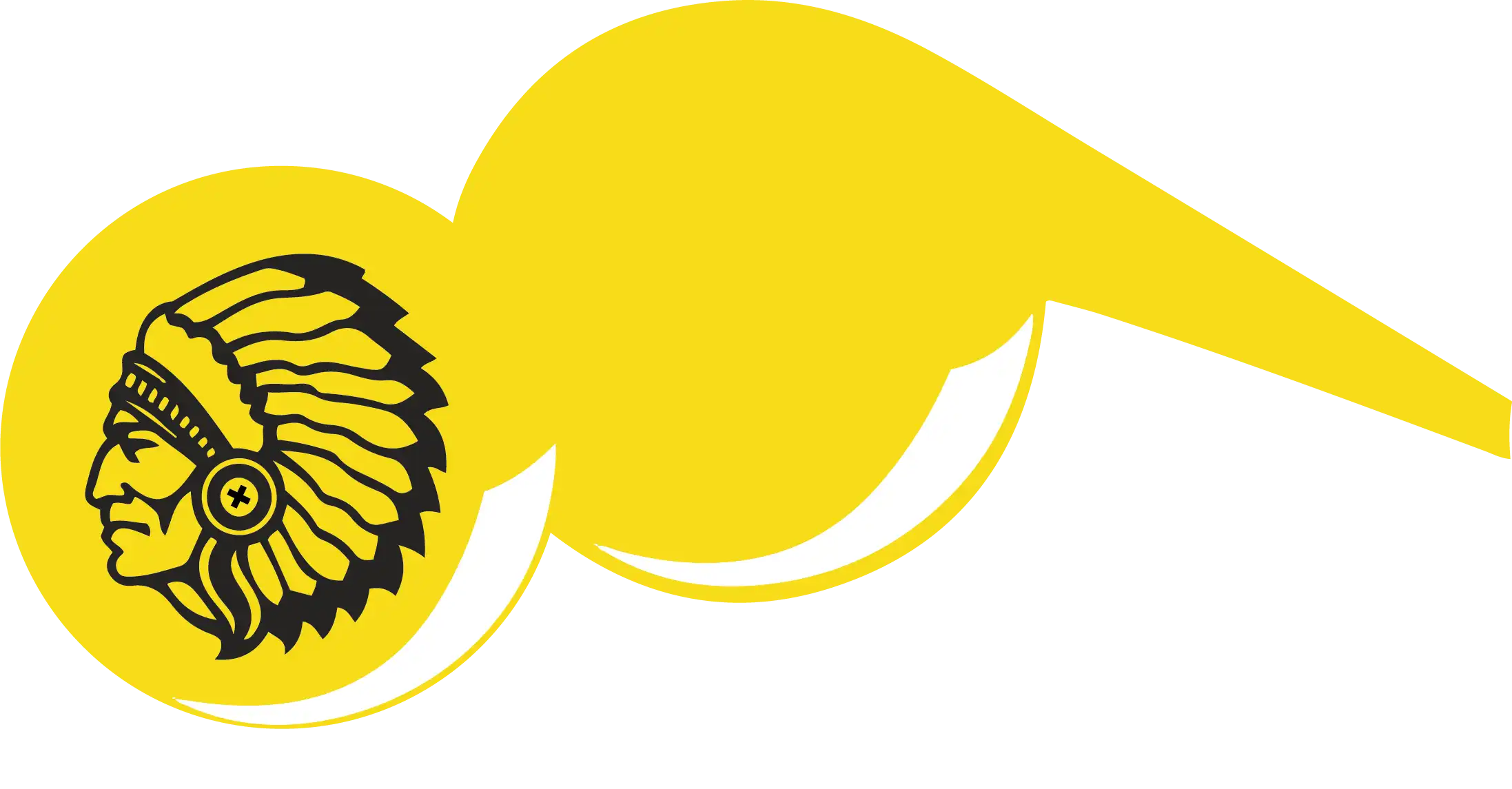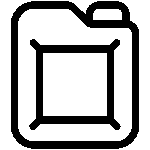Frequently asked questions
GENERAL
Our opening hours are as follows:
- Monday to Thursday: 8:30 a.m. to 12:00 p.m. and 1:30 p.m. to 5:30 p.m.
- Friday: 8:30 a.m. to 12:00 p.m. and 1:30 p.m. to 5:00 p.m.
- Saturday and Sunday: Closed
Please feel free to contact us during these hours if you have any questions or need assistance.
Our team will be happy to answer your questions and assist you with your projects Monday through Thursday from 8:30 a.m. to 12:00 p.m. and from 1:30 p.m. to 5:30 p.m., as well as Friday from 8:30 a.m. to 12:00 p.m. and from 1:30 p.m. to 5:00 p.m. (excluding holidays).
You can also contact us by filling out the contact form here or by sending an email directly to the following address: scalp@scalp-france.com.
Our headquarters are located at the following address : ZI de la Poudrette 8-14, Allée de Bruxelles 93320 Les Pavillons-sous-Bois, France
You can find downloadable technical data sheets on the product pages of our website.
We offer a wide range of products for the construction, industrial, and transportation sectors.
Our main product categories include:
- stripping products : Effective solutions for removing paint, varnish, and other coatings.
- cleaning products : Specialized products for deep cleaning of surfaces.
- protective products : Solutions to protect various surfaces from weather, corrosion, and other damage.
- treatment products : Products designed to improve the durability and appearance of materials.
To subscribe to the SCALP newsletter, simply enter your email address in the field provided at the bottom of our website. You will then receive regular news and advice for your projects.
For expert advice on your project, there are several ways to contact us. Send us an email at scalp@scalp-france.fr, use the contact form on our website, or call us directly at 0148483976. Our team will be happy to assist you and answer any questions you may have.
For any contact requests, please fill out this form by clicking here.
CLEANERS
We offer a complete range of cleaners suitable for different uses and types of surfaces. You will find specialized cleaners for facades, roofs, floors, as well as universal cleaners for everyday tasks. Each cleaner is formulated to effectively remove all types of dirt (red, green, black dirt and traces of pollution).
A facade cleaner is a product specially formulated to remove dirt, green, black, and red stains, and traces of pollution from exterior surfaces such as concrete, stone, brick, and plaster.
Facade cleaners can remove various types of dirt, such as atmospheric pollution, green, black, and red marks, as well as soot and grease stains.
A universal cleaner is a versatile product that can be used to clean various types of surfaces, both indoors and outdoors. It is designed to remove common dirt, such as grease, dust, and stubborn stains.
Universal cleaners can be used on many surfaces such as tile, wood, metal, plastic, and even painted surfaces. Be sure to check the recommendations for use on the technical data sheet.
ANTI-GRAFFITI
A graffiti remover is a chemical product designed to remove graffiti (paint, markers, etc.) from surfaces such as walls, facades, and monuments. They are formulated to work effectively without damaging the materials.
Graffiti removers can be used on various materials, including concrete, brick, metal, and stone. However, it is important to check the compatibility of the product with the surface before application.
Most graffiti cleaners are effective against a variety of graffiti, but certain types of paint or markers may require specific products. Consult the manufacturer's recommendations for the type of graffiti to be treated.
An anti-graffiti protection product is a treatment that forms a barrier on surfaces to prevent graffiti from adhering. This makes cleaning easier by preventing paint or markers from penetrating the material.
Anti-graffiti protection products can be applied to a variety of surfaces, including concrete, brick, wood, and stone. They are ideal for walls exposed to graffiti and tags.
If you need to remove existing graffiti, use a graffiti remover. To protect a surface against future graffiti, choose a graffiti protection product. The two products can also be used together.
HARDENERS / CONSOLIDANTS / ANTI-SALPETERS
A hardener is a product used to increase the strength and durability of materials (concrete, stone, brick, etc.). It works by penetrating the material to create a harder surface that is more resistant to wear and tear.
Hardeners contain chemical agents that react with the components of the material, thereby improving its internal structure. This reduces porosity and increases resistance to water, chemicals, and abrasion.
Hardening agents are mainly used on concrete, brick, and stone surfaces, but they can also be applied to paving stones, slabs, and other similar materials.
A consolidant is a product used to strengthen the structure of porous materials such as stone, concrete, and brick. It penetrates the pores of the material to improve its mechanical strength and durability.
Use a consolidant when you want to restore or reinforce damaged or fragile surfaces, such as old stone walls or aging concrete slabs. It is particularly useful in heritage conservation.
An anti-saltpetre product is a treatment designed to prevent or reduce the appearance of saltpetre (white salt deposits) on walls and facades, often caused by moisture. It helps maintain the integrity of surfaces by blocking the migration of salts.
An anti-saltpetre product is a treatment designed to prevent or reduce the appearance of saltpetre (white salt deposits) on walls and facades, often caused by moisture. It helps maintain the integrity of surfaces by blocking the migration of salts.
Anti-saltpetre products can be applied to interior and exterior walls, particularly those exposed to moisture or condensation problems. They are often used in damp environments or in cases of capillary rise.
THE ENVIRONMENT
SCALP products are still chemicals. It is therefore advisable to always protect plants near the area to be treated.
SCALP's policy is to design products that are as environmentally friendly as possible. To this end, we have developed the EKO'R range.
This range embodies our commitment to more environmentally friendly chemistry. Each product is designed with particular attention to reducing its environmental impact:
- Use of raw materials of natural and plant origin.
- Reduction of the carbon footprint associated with manufacturing and transport.
- Selection of eco-friendly packaging: recycled and recyclable.
We are reducing our carbon footprint by optimizing our manufacturing processes, using sustainable raw materials, and promoting short distribution channels: learn more.
STRIPPERS
A chemical stripper is a product used to remove old layers of paint, varnish, or other surface coatings. It works by softening or dissolving these layers, making them easier to remove.
Our strippers can be used on various surfaces, such as wood, metal, concrete, and stone. Check the specific recommendations for each product to ensure proper use.
The action time depends on the type of product and the layer to be removed. In general, it can vary from a few minutes to several hours. Please refer to the product data sheet for specific instructions.
Yes, some of our strippers can be used indoors, but it is important to ventilate the area well during use. For indoor applications, choose products with reduced VOC (volatile organic compound) emissions.
We offer an EKO'R range consisting of an eco-friendly stripper that is formulated without harmful solvents and is biodegradable according to OECD standards.
Yes, our SCALPEX AL 23 paint stripper is recommended for removing lead paint, but it is essential to take extra precautions. Lead paint stripping must be carried out in a safe environment, following strict protocols to avoid contamination.
Consult our product data sheets or contact our team for help choosing the right stripper for the surface and type of coating to be removed.
A gel stripper is thicker and adheres better to vertical surfaces, preventing dripping and allowing for a longer application time. A liquid stripper is more suitable for horizontal surfaces or jobs requiring quick application.
Universal strippers can be used to remove several types of coatings, such as paint, varnish, wax, and adhesives. The choice between gel and liquid depends on the surface to be treated and ease of application.
Effectiveness depends on the type of coating to be stripped and the application conditions. The gel is particularly effective on vertical or hard-to-reach surfaces, while the liquid is more suitable for flat surfaces and projects requiring rapid action.
For vertical or textured surfaces, choose a gel stripper that will stay in place longer. For horizontal surfaces or simpler tasks, a liquid stripper may be more convenient and quicker.
A facade stripper is a product specially formulated to remove coatings such as paint, plaster, or render from facade surfaces such as concrete, brick, or stone.
WATER AND OIL REPELLENTS
A water repellent is a treatment that protects surfaces from water and moisture. It prevents water from penetrating the material while allowing the surface to breathe, which prevents moisture-related damage.
The use of a water repellent protects surfaces against water infiltration, reduces the risk of cracks caused by frost, limits the growth of moss, algae, and lichens, and extends the life of materials.
Yes, it is essential to clean the surface before applying a water repellent to ensure good adhesion and maximum effectiveness of the treatment. The surface must be clean, dry, and free of dirt.
A water repellent for facades protects the facade against moisture, driving rain, and water infiltration. It also prevents damage caused by frost and the proliferation of moss and algae.
LWater repellents for facades can be applied to many materials such as brick, stone, concrete, and plaster. It is important to choose a water repellent that is suitable for the facade material to ensure optimal protection.
A water repellent for roofs protects against water infiltration, reduces the accumulation of moss, lichen, and algae, and prevents cracks caused by temperature variations. It also helps extend the life of tiles or slates.
Water repellents for roofs can be applied to clay tiles, slate, concrete tiles, and other porous materials. It is important to choose a water repellent that is compatible with the roofing material.
Yes, it is necessary to clean the roof and remove all moss and lichen before applying the water repellent. This ensures better adhesion and long-lasting protection.
Water repellents for floors are suitable for porous surfaces such as concrete terraces, paving stones, natural stone slabs, etc. They protect surfaces against water and stains.
A water repellent for outdoor floors prevents water from penetrating, reduces the risk of moss growth, makes cleaning easier, and protects against stains from grease, wine, or other liquids. This helps preserve the appearance of the floor and extend its life.
ALGAECIDE - BIOCIDE
An algaecide is a specific type of biocide designed to eliminate algae. Algaecides are used on surfaces exposed to moisture to prevent and treat algae growth, which can cause damage and health problems.
A biocide is a substance or mixture intended to destroy, repel, or render harmless harmful organisms. Biocides are used to protect materials and surfaces from bacteria, fungi, viruses, and other unwanted organisms.
An algaecide is a specific type of biocide designed to target and eliminate algae. In contrast, biocides encompass a wide range of chemicals intended to control various microorganisms, including bacteria, fungi, and viruses.
Yes, it is recommended to clean the surface before application to ensure greater effectiveness. This may include brushing or removing organic matter residues.
COMPLEMENTARY PRODUCTS
A penetrating oil is a chemical product designed to loosen and remove rusted or seized parts, thereby facilitating the removal of screws, bolts, and other mechanical components.
Apply the penetrating oil directly to the seized area and leave it to work for a few minutes. Then try to unscrew or dismantle the part. If necessary, repeat the application for optimal results.
A wood brightener is a chemical product that restores the original appearance of wood surfaces by removing stains, graying, and deposits caused by weathering and sun exposure.
Use a wood degreaser when the wood begins to discolor or take on a gray appearance, often after several months or years of exposure to the elements. This prepares the wood for a new finish or protection.
A wallpaper remover is a product designed to facilitate the removal of wallpaper by loosening the adhesive used during application.
Apply the stripper directly to the wallpaper using a brush or roller, making sure to saturate the paper thoroughly. Leave it to work according to the instructions, then carefully remove the paper.


